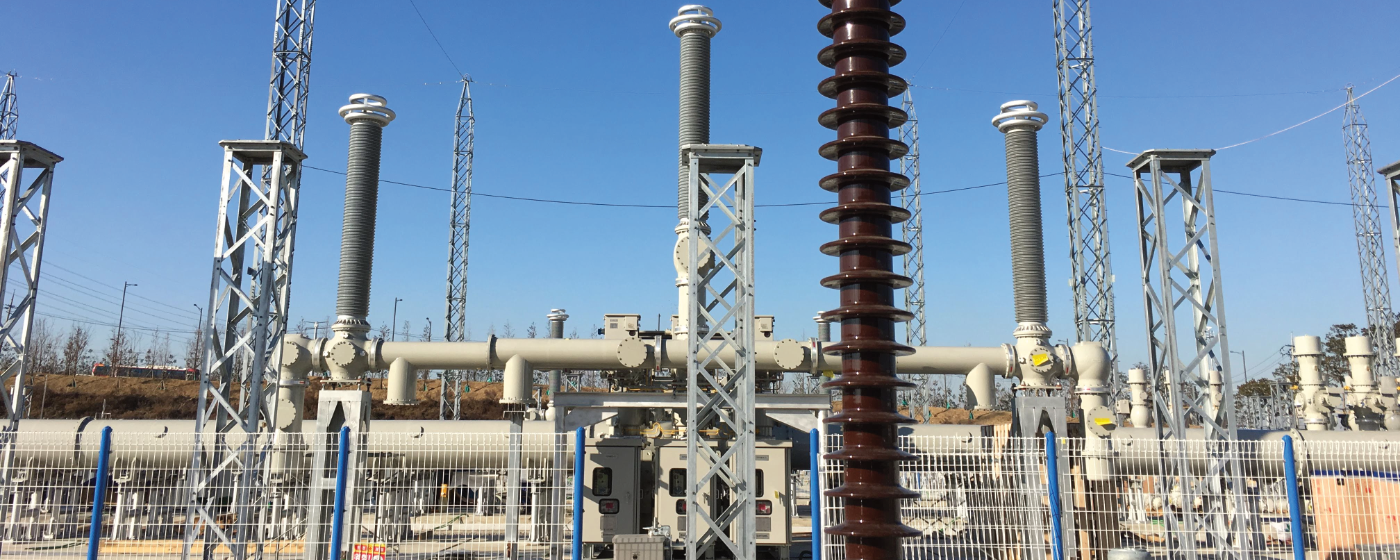KAPES is a leading EPCM (Engineering, Procurement, Construction, Management) in Northeast Asia in the field of transmission systems for HVDC and alternating current (FACTS). The aim is to adopt the advanced technologies of such facilities and to localize them. The company emerged from a joint venture between the Korean power producer, KEPCO, and GE Grid Solutions. Its objective: to work with the partners GE Grid, KEPCO and LS Electric to successfully ensure efficient power supply internationally as well.
Conventional, document-oriented CAE tools used to restrict engineering at KAPES and international collaboration too much. This was because even the rather uncomplicated tasks were very time-consuming and error-prone, such as the creation of single-line diagrams, circuit diagrams or even cable lists. The information always had to be transferred from one discipline to another. In order to eliminate the time and effort as well as sources of error relating to this, KAPES looked for a future-oriented alternative.
New consistency saves time
KAPES became familiar with AUCOTEC's Engineering Base (EB) collaboration platform through GE Grid, where EB has been in use for years. To make sure it met all the requirements, KAPES' engineering team, together with AUCOTEC Korea, thoroughly analyzed its processes and documentation. The result: EB is exactly what they need.
Thanks to the object-oriented way of working and the central data model, on which all disciplines involved can work in parallel, data transfers or duplicate entries are unnecessary. No matter where, when, or by which department a change or addition is entered, any drawing, list, or other representation of the changed object is automatically updated. This ensures data consistency in real time across the entire plant documentation. This saves a lot of time.
Standards optimize processes
KAPES sees working with templates and standards as another particular strength of EB. Entire functional units or even smaller components, which – once developed and quality-checked – can be kept clearly organized for reuse in EB's database, significantly optimize workflows, and the data is more reliable. A convenient variant management system supports this way of working. This has also made it much easier for KAPES to manage the enormous volumes of data.
Therefore, the station team for the high and low voltage lines is extremely satisfied with the efficiency gained by EB in their processes. Both time and errors are significantly reduced by EB, so much so that KAPES has already extended EB's use to the design and validation of entire HVDC systems.



